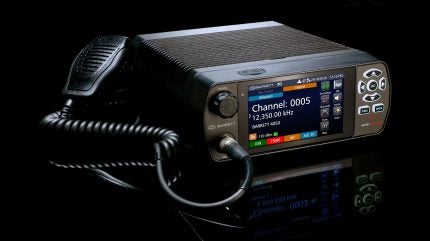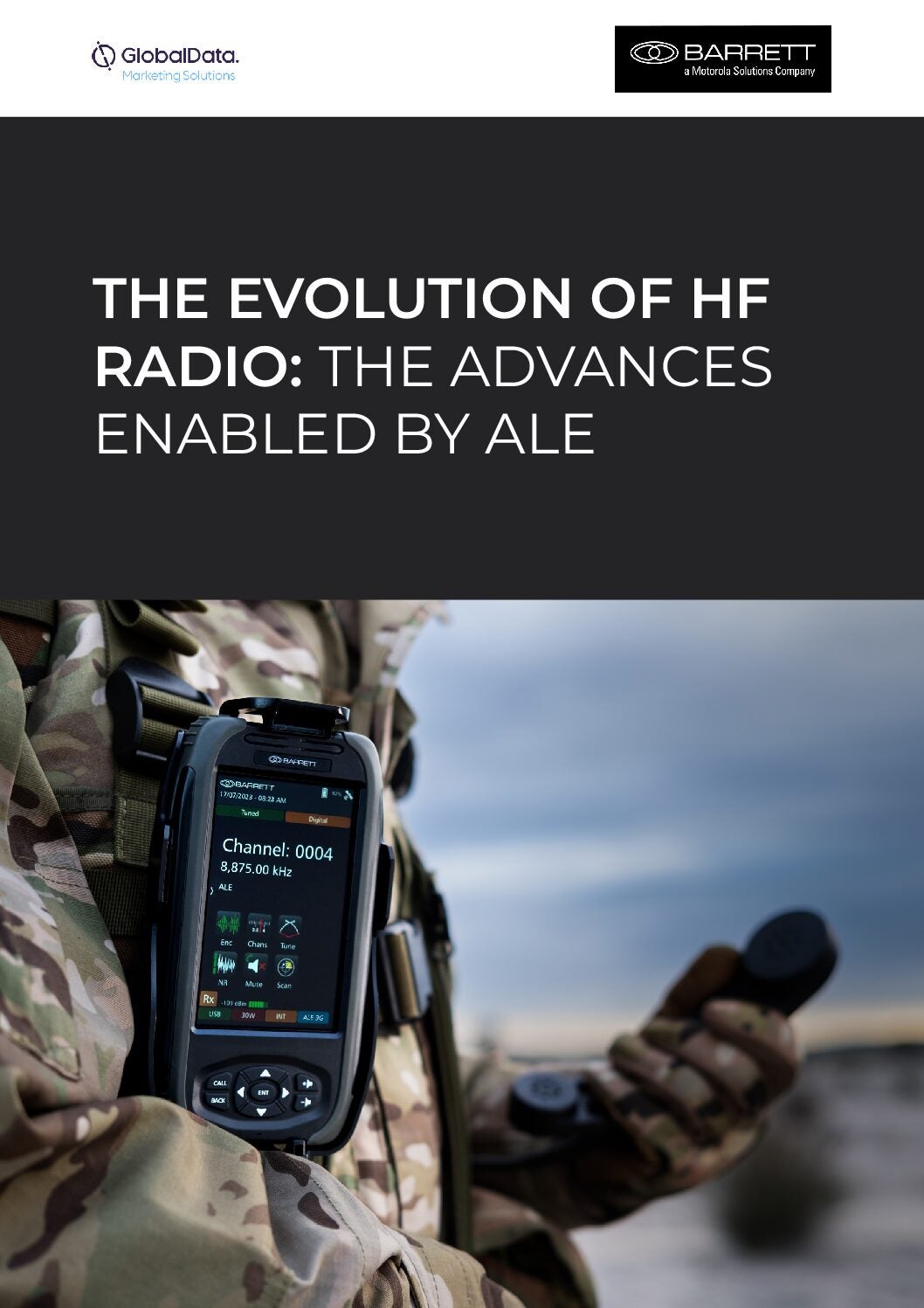
High-frequency (HF) radios have been in use since the early 20th century, and they continue to be essential to communications globally. Defying predictions of being made redundant with the advent of satellites and the internet, HF radio has remained a reliable communication network that can connect people across virtually every type of terrain in almost any scenario.
This mode of comms is an essential tool across military zones and remote communities, or in the aftermath of natural disasters when other networks fail. HF radio is propagated through the ionosphere, layers of ionized particles in the upper atmosphere, then refracting back to Earth.
The latest innovations are increasing the reliability of HF radio, with the adoption of Automatic Link Establishment (ALE) technology meaning that the network can be used even by those without technical knowledge to send messages. Far from becoming obsolete, HF radio has never been more important to modern communications.
A new report by Barrett Communications and GlobalData explores the evolution of HF radio and the capabilities enabled by ALE.
HF radio’s importance to 21st-century communications
Each ionosphere layer refracts and absorbs HF signals differently depending on the time of day, so transmission methods must change according to these fluctuations. Previously, this meant radio operators had to be experts in solar weather and meteorology to find the right frequency to transmit their signals. Because of this, it was forecast that HF would be completely overtaken by easier-to-use digital systems connected to the internet.
However, HF radio remains arguably the most reliable global communications system available. Satellites might be able to transmit greater volumes of data, but they are also targets for sabotage.
While solar radiation can temporarily disrupt the ionospheric network, it can physically damage and even disable expensive satellites. On the other hand, the ionosphere is not as susceptible to such threats.
Additionally, innovations in HF mean that the network is easier to use than ever. Automatic Link Establishment (ALE) means that operators without any technical knowledge of the ionosphere can send and receive messages. ALE automatically calculates the optimum frequency and employs occupancy detection to ensure the right channel is used to send a signal. This ensures that people with no expertise working across warzones or delivering humanitarian aid can relay information to others with ease in the most testing of circumstances.
The standardisation of HF ALE 4G (Wideband ALE or WALE) in 2017 also provides HF radio signals with higher data rates and greater bandwidth, making transmissions harder to detect and improving security.
HF comms devices for the next generation
Providing the HF devices that set the standard for 21st-century HF radio transmissions is Barrett Communications. Founded in 1976, the Australian company was created to supply HF radios to aircraft and has expanded significantly since, now selling its products in 150 countries.
The centrepiece of the Barrett range of HF radio communications equipment is the 4050 HF SDR transceiver. Combining Software-Defined Radio (SDR) technology with an intuitive easy-to-use system, including ALE, the 4050 transceiver provides HF radio communication, as well as optional voice encryption, email, data transfer, and telephone connectivity within HF radio networks, and outwards to international telephone and internet networks.
The 4050 transceiver can also be controlled from all major mobile and desktop platforms, including iOS, Android, and Windows devices, integration with modern technology being a further advantage of the next-generation HF radio devices.
Barrett provides a comprehensive offering, including antennae, masts, encrypters, and tracking software that can be an alternative to satellite-based products.
To learn more about the evolution of HR radio and the advances enabled by ALE, along with analysis of the military comms market, download the specially commissioned report below.



